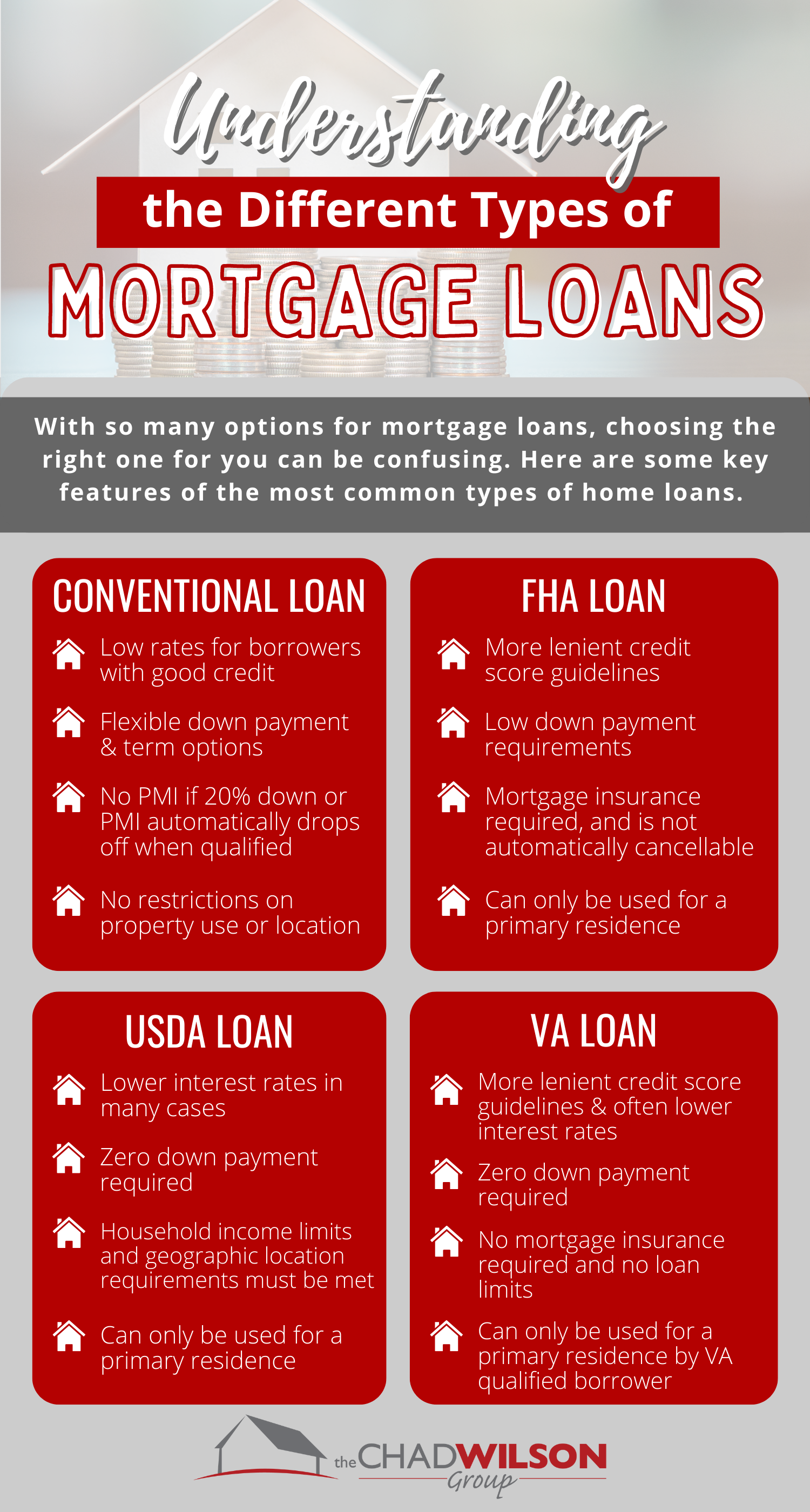Understanding Conventional Mortgage Loans: Advantages and Requirements
Understanding Conventional Mortgage Loans: Advantages and Requirements
Blog Article
The Vital Aspects to Consider When Deciding On In Between Fixed-Rate and Adjustable-Rate Home Mortgage Lendings
When evaluating home loan choices, consumers deal with an essential choice between fixed-rate and adjustable-rate lendings, each offering prospective mistakes and distinctive benefits. Key factors to consider such as rate of interest rate stability, predictability in month-to-month payments, and the ramifications of prospective rate modifications can considerably influence long-lasting monetary health and wellness. Recognizing the expected period of homeownership and the total price of loaning can shape one's technique. As these elements intertwine with individual financial situations and risk tolerance, the implications of this selection might not be as simple as they seem. What nuances should be focused on in this critical decision-making procedure?
Passion Rate Security
When choosing a home mortgage, understanding rate of interest price stability is essential for educated decision-making. Passion rates can substantially affect the total price of a mortgage, and recognizing the nature of these rates is vital for consumers.
On the various other hand, adjustable-rate mortgages (ARMs) begin with reduced initial rates that may change periodically based on market problems. While this can cause reduced payments at first, it likewise introduces uncertainty, as consumers might encounter raised payments if rates of interest increase. For those thinking about an ARM, it is crucial to evaluate the possibility of rate modifications, the potential for payment increases, and the size of the initial fixed-rate period.
Inevitably, the option between fixed-rate and adjustable-rate mortgages hinges on individual risk tolerance and monetary situations. Recognizing rate of interest stability aids customers make notified decisions that align with their lasting economic goals.
Regular Monthly Repayment Predictability
While customers typically prioritize interest rate security, the predictability of regular monthly payments is equally crucial in the home loan selection procedure (Conventional mortgage loans). Regular monthly payment predictability plays an essential duty in budgeting and monetary planning, as it straight affects a property owner's capital and general financial wellness
Fixed-rate mortgages supply a constant monthly settlement throughout the life of the financing, permitting consumers to anticipate and prepare their costs efficiently. This stability can be especially advantageous for newbie buyers or those on a fixed revenue, as it eliminates the unpredictability associated with fluctuating settlements.
Conversely, adjustable-rate home mortgages (ARMs) normally include lower first payments that can alter over time, causing possible variability in month-to-month responsibilities. While originally appealing, this unpredictability can make complex financial preparation, specifically if customers do not make up future rate modifications.
Possible Price Changes
In the realm of variable-rate mortgages (ARMs), potential rate modifications stand for a considerable variable that borrowers should carefully take into consideration. Unlike fixed-rate home mortgages, where the rates of interest stays unmodified for the life of the financing, ARMs are identified by changing rates of interest that are linked to market indices. This variability can lead to substantial changes in regular monthly repayments, influencing the consumer's economic preparation and budgeting.
Commonly, ARMs have a first fixed-rate period throughout which the rates of interest is steady. After this period, however, the price readjusts at fixed intervals-- generally each year. Consumers have to recognize the margin and index used to calculate these adjustments, as they straight affect future rate of interest. Additionally, ARMs typically include caps that restrict just how much the rate of interest can boost at each modification and over the life of the finance, which can offer some level of protection against drastic price walks.
Understanding these possible changes is critical for debtors, as they directly influence long-lasting settlement responsibilities. Analyzing personal economic situations and risk tolerance is necessary when making a decision whether an ARM lines up with one's monetary objectives.
Car Loan Term Factors To Consider
Loan term factors to consider play a critical function in the decision-making procedure for consumers choosing in between fixed-rate and adjustable-rate home mortgages. The size of the car loan term considerably affects month-to-month settlements, rate of interest, and total financial planning. Fixed-rate home loans commonly supply terms you could look here of 15 to 30 years, find more information offering stability in regular monthly repayments and predictability in budgeting. This can be particularly appealing for customers that intend to remain in the exact same home long-term and prefer the certainty of set settlements throughout the life of the funding.

Ultimately, customers should assess their personal situations, financial objectives, and market problems when evaluating the implications of loan term choices within each home mortgage kind.

General Expense of Loaning
The general cost of loaning is a critical element that can significantly affect a customer's selection between adjustable-rate and fixed-rate home mortgages. Fixed-rate mortgages offer predictable monthly payments, as the rates of interest stays constant throughout the lending term. This predictability can lead to lower total costs, particularly in a stable or declining passion rate atmosphere. Consumers can budget successfully, recognizing their payments will certainly not rise and fall.
Conversely, variable-rate mortgages (ARMs) normally begin with reduced initial rates, leading to lowered in advance prices. These prices can increase after a preliminary period, leading to potentially higher long-term costs. Consumers must take into consideration the regularity and level of price changes, as well as the overall finance period, to precisely evaluate the monetary effects.
Additionally, the general expense of borrowing encompasses not only rates of interest but also costs and various other connected expenses, such as closing costs and insurance policy (Conventional mortgage loans). Consequently, when examining home loan choices, customers should perform a thorough price analysis over the life of the funding. By doing so, they can make an enlightened decision that lines up with their economic objectives and take the chance of resistance
Final Thought
Rate of interest rate stability and month-to-month payment predictability are vital for effective budgeting, while the potential for price modifications in ARMs presents economic uncertainty. Additionally, the awaited duration of homeownership and the general price of loaning, consisting of interest rates and linked fees, must align with individual monetary circumstances and risk tolerance.
Key considerations such as rate of interest rate security, article source predictability in month-to-month payments, and the implications of potential price changes can substantially affect long-term financial health. Interest prices can dramatically influence the total cost of a home mortgage, and identifying the nature of these rates is necessary for debtors. Unlike fixed-rate home loans, where the rate of interest rate stays unchanged for the life of the financing, ARMs are identified by rising and fall rate of interest rates that are linked to market indices. In addition, ARMs usually consist of caps that limit how a lot the passion price can enhance at each adjustment and over the life of the loan, which can give some level of protection versus extreme rate walks.
Rate of interest rate security and regular monthly payment predictability are extremely important for efficient budgeting, while the potential for rate modifications in ARMs introduces financial unpredictability.
Report this page